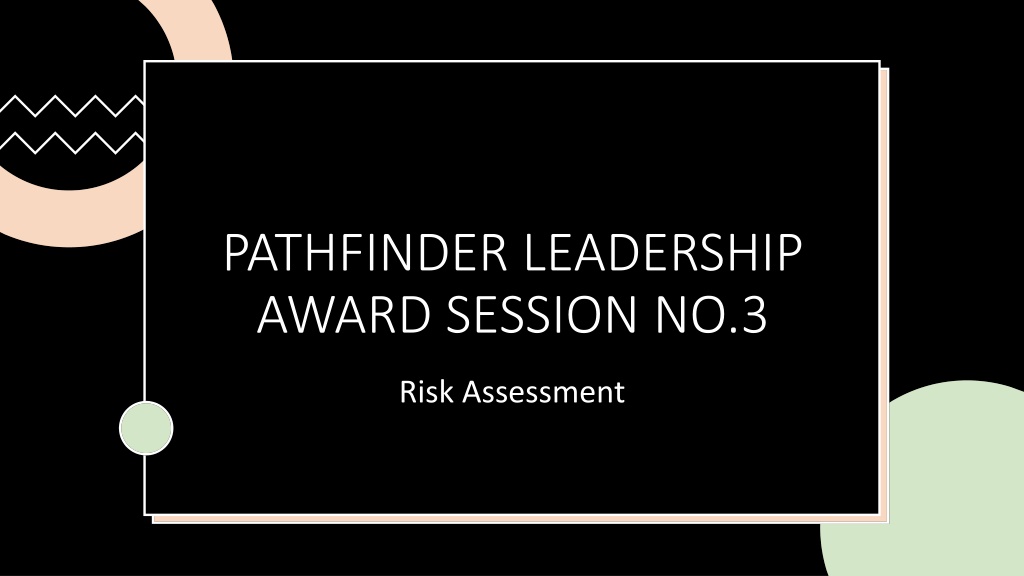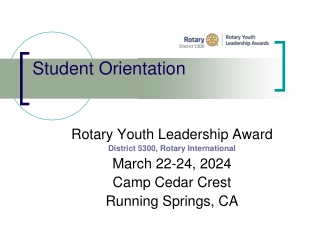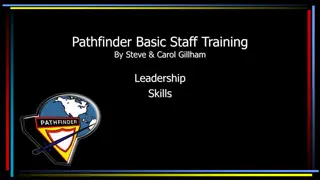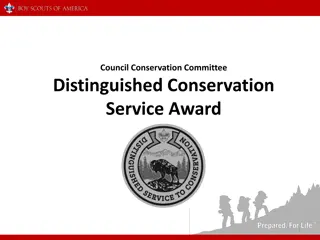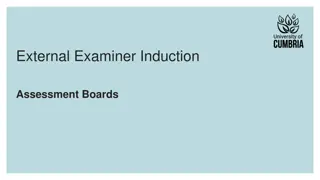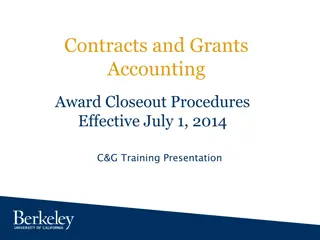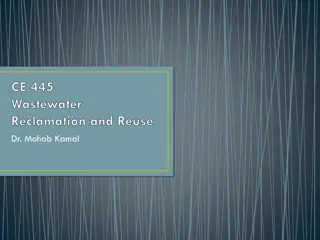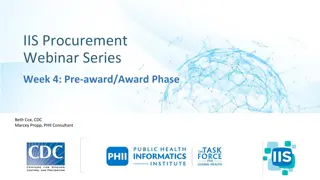PATHFINDER LEADERSHIP AWARD SESSION NO.3. Risk Assessment
Explore the crucial aspects of risk assessment, including understanding risks, why it's necessary, when and how to conduct assessments, and who should be involved. Gain insight into visualizing risks and learn about the importance of control measures. Get ready to enhance your leadership skills in managing risk effectively.
Download Presentation

Please find below an Image/Link to download the presentation.
The content on the website is provided AS IS for your information and personal use only. It may not be sold, licensed, or shared on other websites without obtaining consent from the author.If you encounter any issues during the download, it is possible that the publisher has removed the file from their server.
You are allowed to download the files provided on this website for personal or commercial use, subject to the condition that they are used lawfully. All files are the property of their respective owners.
The content on the website is provided AS IS for your information and personal use only. It may not be sold, licensed, or shared on other websites without obtaining consent from the author.
E N D
Presentation Transcript
PATHFINDER LEADERSHIP AWARD SESSION NO.3 Risk Assessment
Presentation Structure: Presentation Structure: 1. What is Risk 2. Why doing Risk Assessment? 3. When to do Risk Assessment? 4. Who does Risk Assessment? 5. Where to do Risk Assessment? 6. How to perform Risk Assessment? 7. Activity 8. Project/Homework
What is Risk? What is Risk? 1. Anything that has the potential to cause harm or danger to someone or something. E.g., Knife, Weather, Electricity, Noise, Fire, Heights, Dust, Fast Flowing River, etc Hazard 2. Risk The chance of the hazard escalating to an injury or accident. E.g., Prolong exposure to heat causing sun burn RISK= LIKELIHOOD X CONSEQUENCE
Why doing Risk Assessment? Why doing Risk Assessment? Know the hazards and associated risks Quantify risk according to severity and likelihood ( Risk Matrix) Put Preventative and Mitigative Control Measures to prevent risk or to minimize the impact should incident occur. Note: Control measures doesn t STOP the impacts. It reduces the chances of the risk event from occurring. Consequence/Impact= Fixed Likelihood= Influenceable
Why doing Risk Assessment? Why doing Risk Assessment? Visualize the risk through Bowtie diagram: R.H.S L.H.S L.H.S
When to do Risk Assessment When to do Risk Assessment Generally, in every situation you could do risk assessment. You could do a simple risk assessment to a full-blown risk assessment. Putting to the context of AYM ministry, below are some fitting events you would want to carry out risk assessment: Outdoor Camping Drill & Marching Camporee Events ( E.g., 2023 PNGUM Pathfinder Camporee) District Activities ( E.g., District Camping)
Who does Risk Who does Risk Assessment? Assessment? Risk Assessment Team should consist of: Facilitator chairperson ( both gender) Senior Staff member Director/Instructor/Coordinator Church Rep ( Optional) Senior Pathfinder NOT A ONE-MAN GAME!
Where to do Risk Where to do Risk Assessment? Assessment? Workshop-based session for high-risk activity Flexibly open to suggestion depending on the nature of the risk. Having the right people in a conducive environment is the key. PREVENTION IS BETTER THAN CURE
How to perform risk assessment? How to perform risk assessment? Tools to perform risk assessment: 1. Bowtie Diagram visualizing risks, impacts, and control measures. MITIGATIVE PREVENTATIVE MEASURES MEASURES
How to perform Risk Assessment? How to perform Risk Assessment? 2. Risk Matrix determine severity of risk, and associated impacts. LIKELIHOOD CONSEQUENCE/IMPACTS Severity Frequent Likely Possible Unlikely Rare Financial Safety Reputation Environment once per quarter) Once per year Once every 5 to 10 years Once every 10 to 50 years Once every 100 years >K100,000 Multiple fatalities SPD Wide spread irreparable damage Critical C C H H M K50,000 to K100,000 Single fatalities PNGUM Wider spread long to medium term damage Major C H H M M K10,000 to K50,000 Hospitalisation CPC Localised medium term damage Serious H H M M L K5,000 to K10,000 First Aid District Localised short term to medium term Moderate H M M L L <K5,000 Negligible Local Club Limited damage to a localised area Minor M M L L L
Activity #1: Bowtie application Activity #1: Bowtie application Develop a bowtie for swimming honor activity. List down the hazard, the risk event, preventative controls, and the mitigative measures. Complete the bowtie.
Activity #2: Risk Matrix Activity #2: Risk Matrix Perform risk assessment using risk matrix for the above exercise. Determine severity of risk, and associated consequences.
Homework Homework 1. Develop Risk Matrix for MNE District 2. Develop Bowties for Major Accident Event (M.A.E) 3. Develop Risk Assessment Form for MNE District
